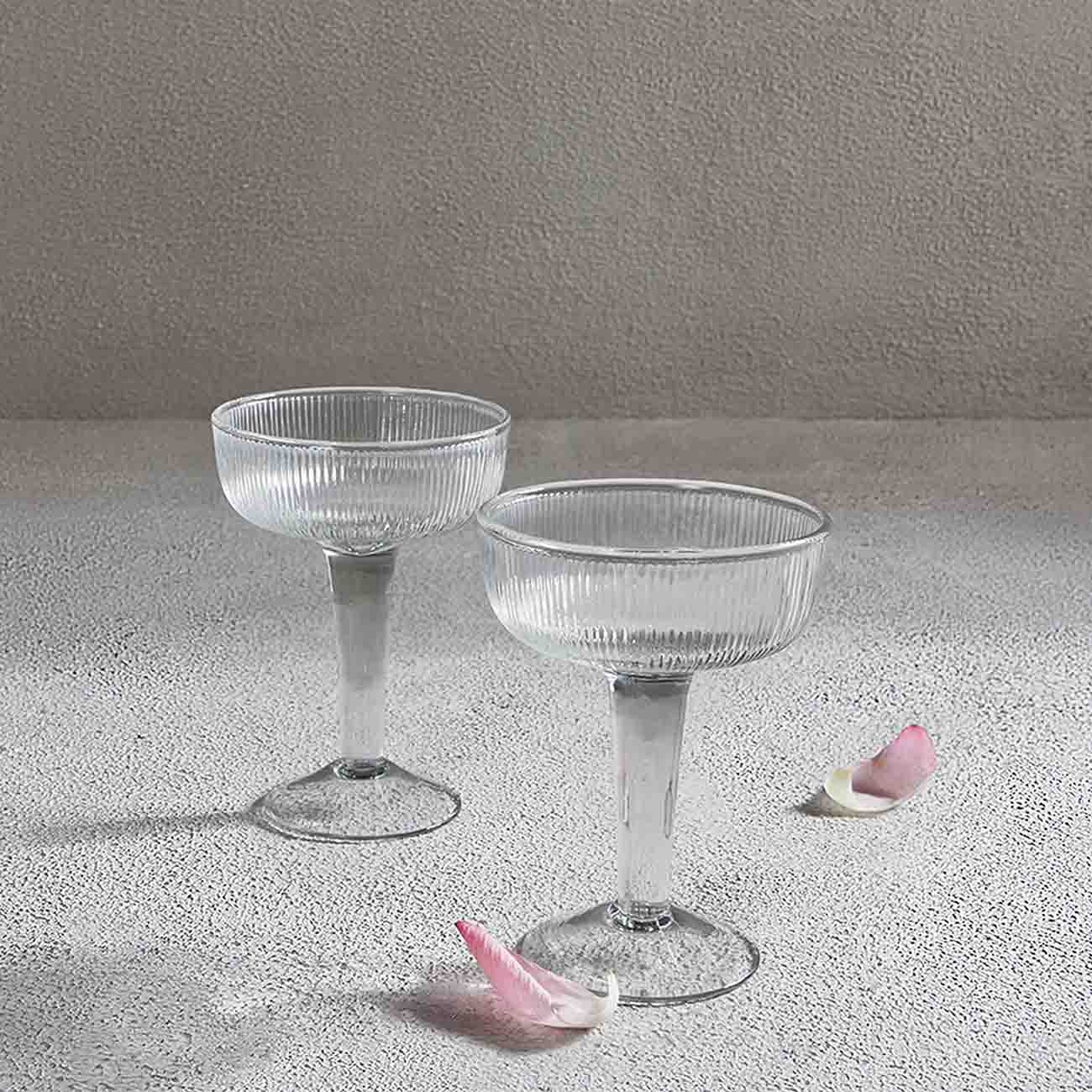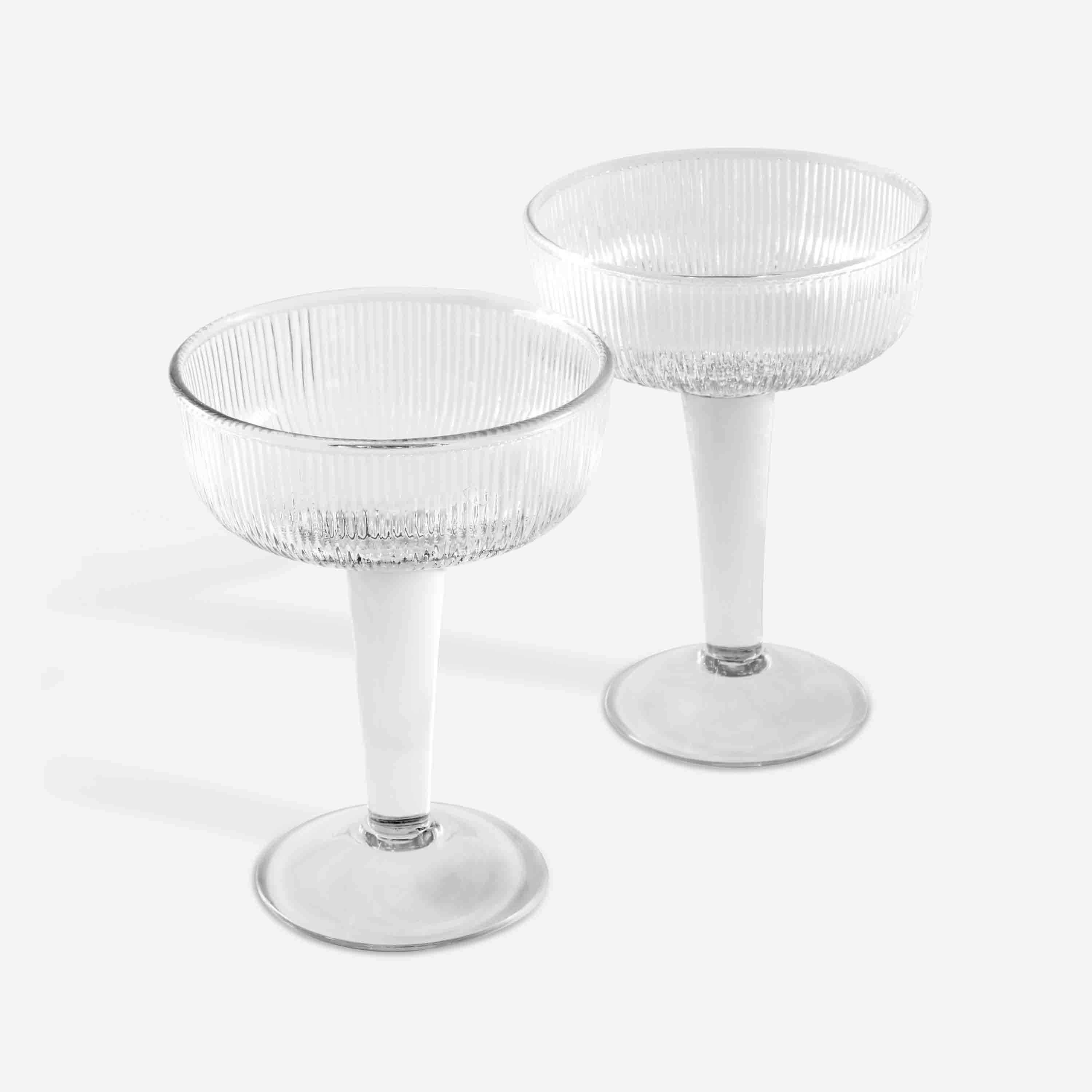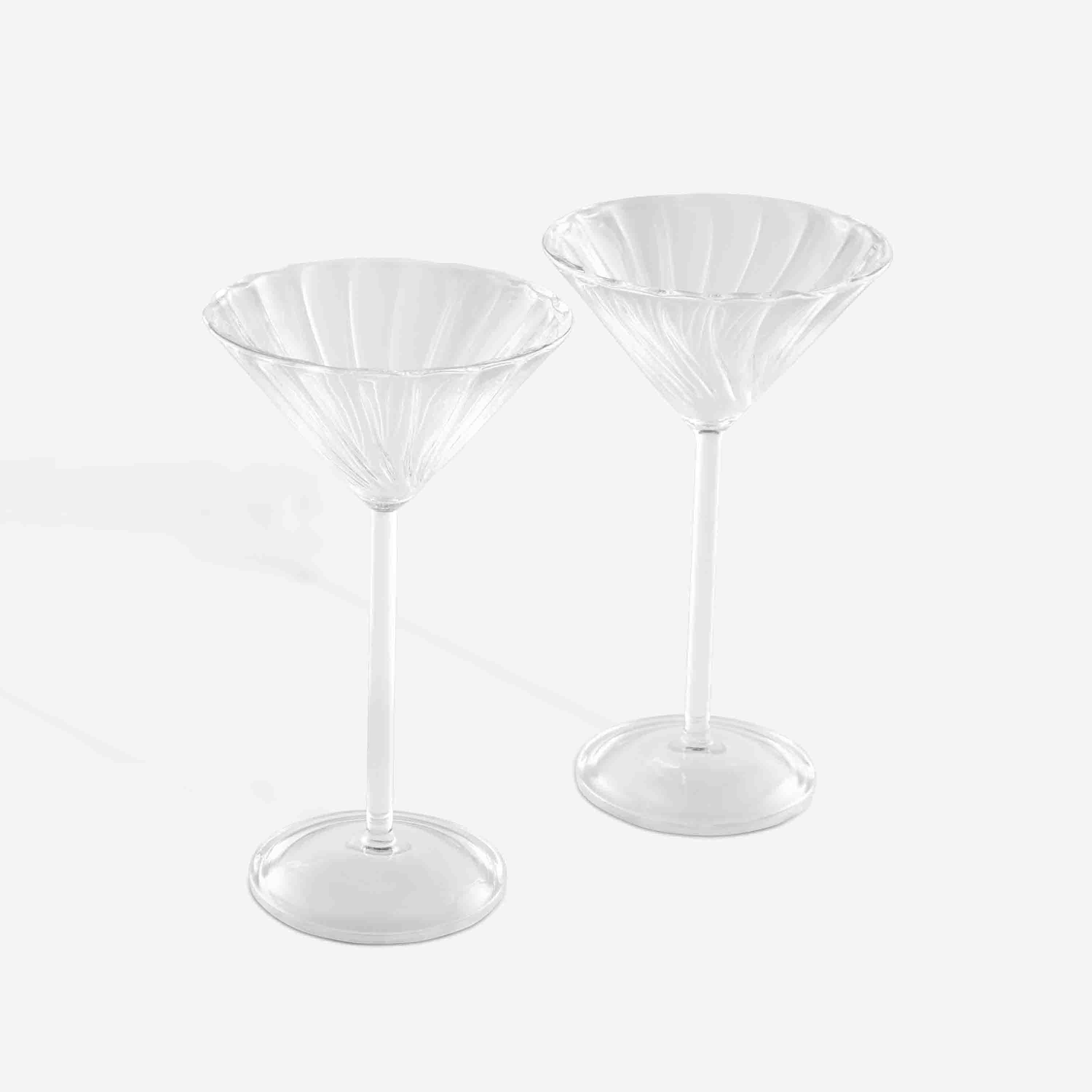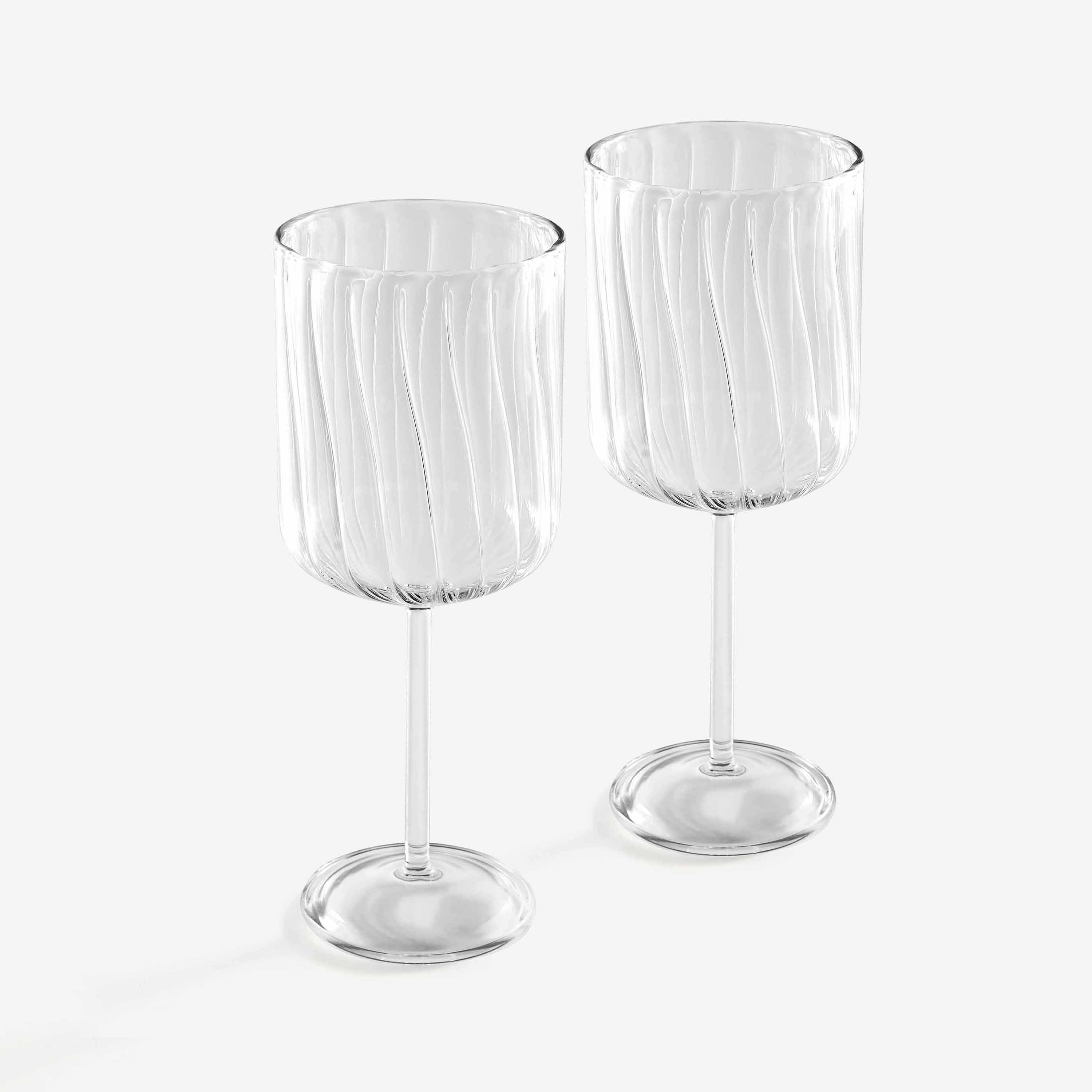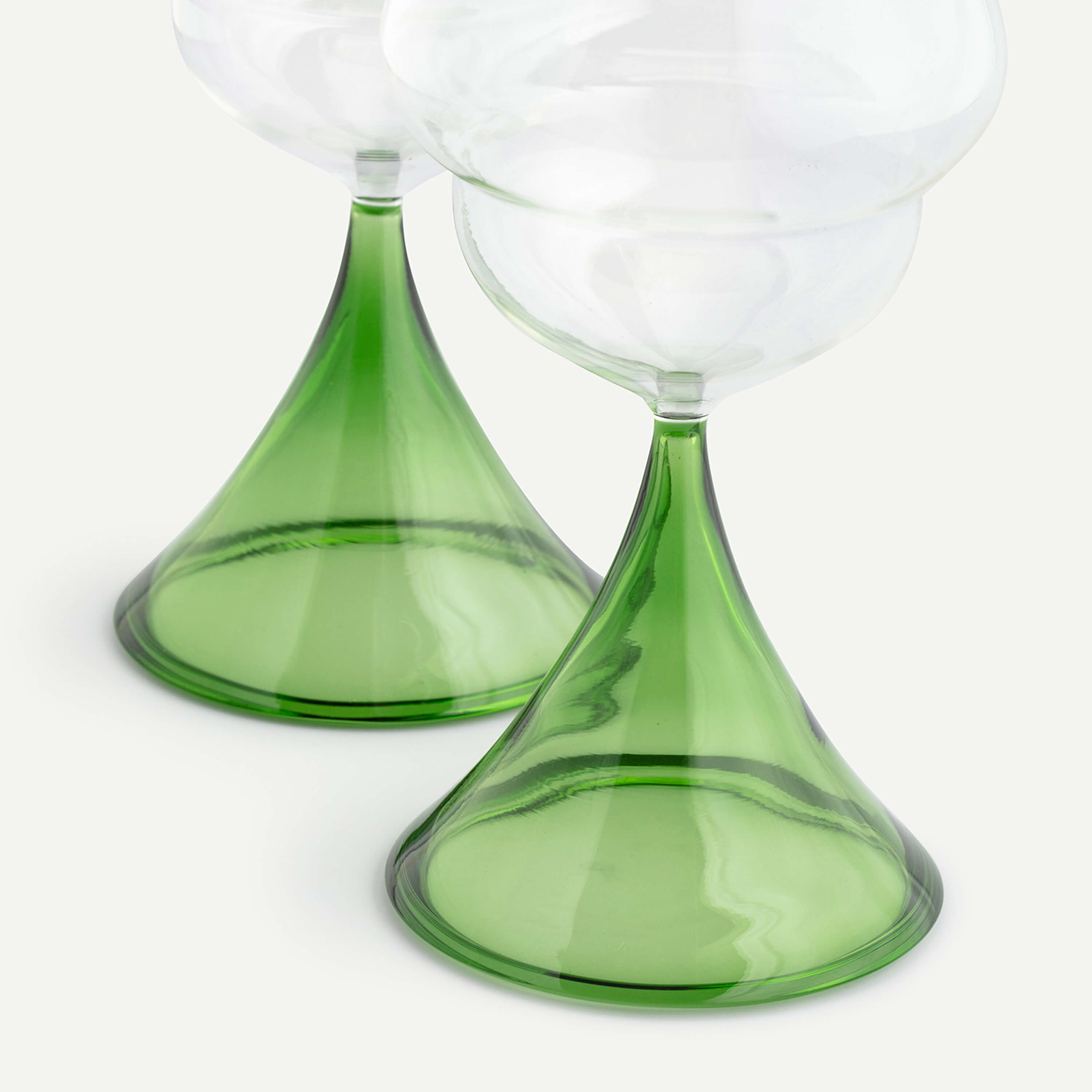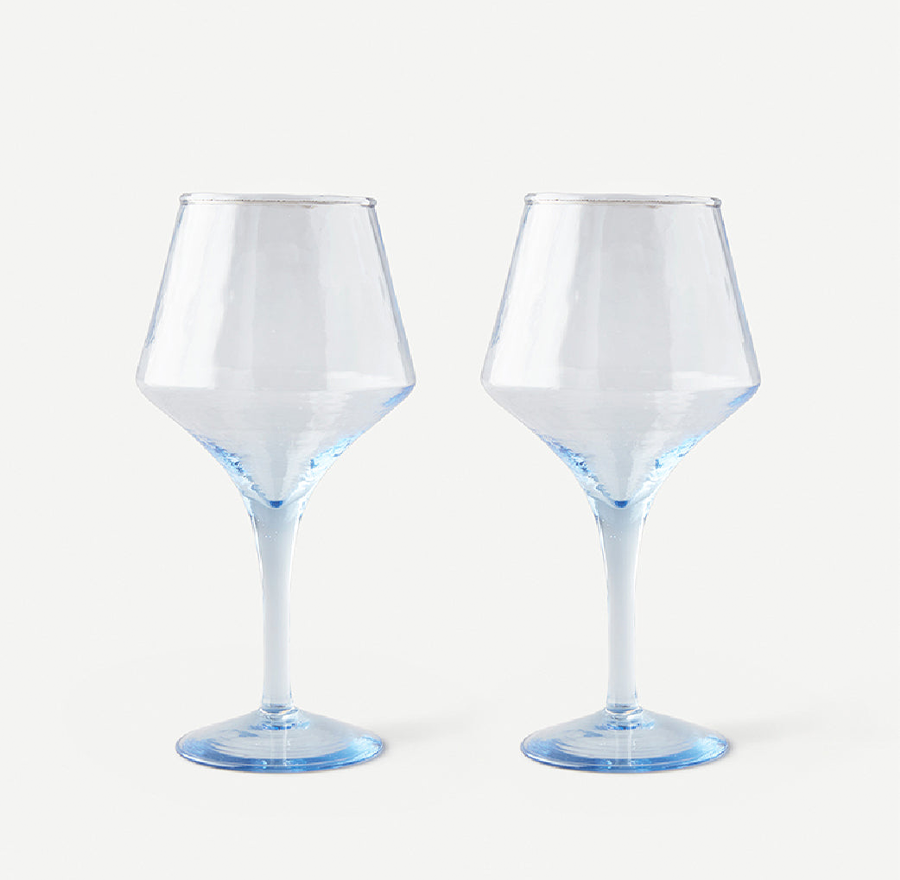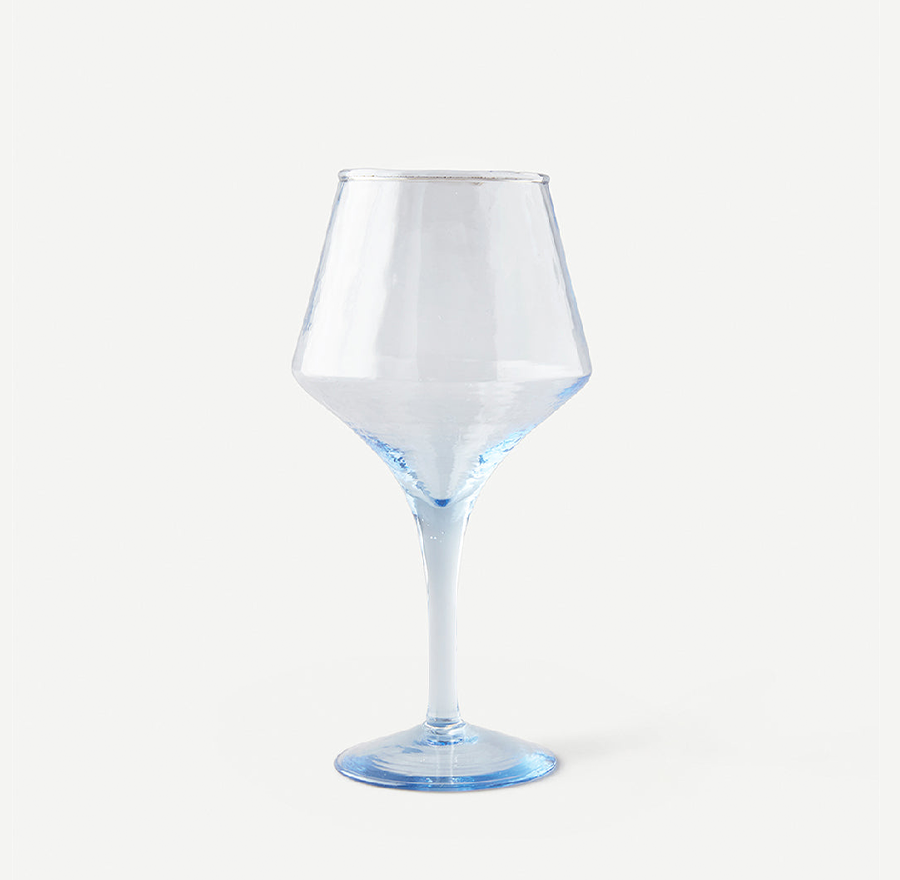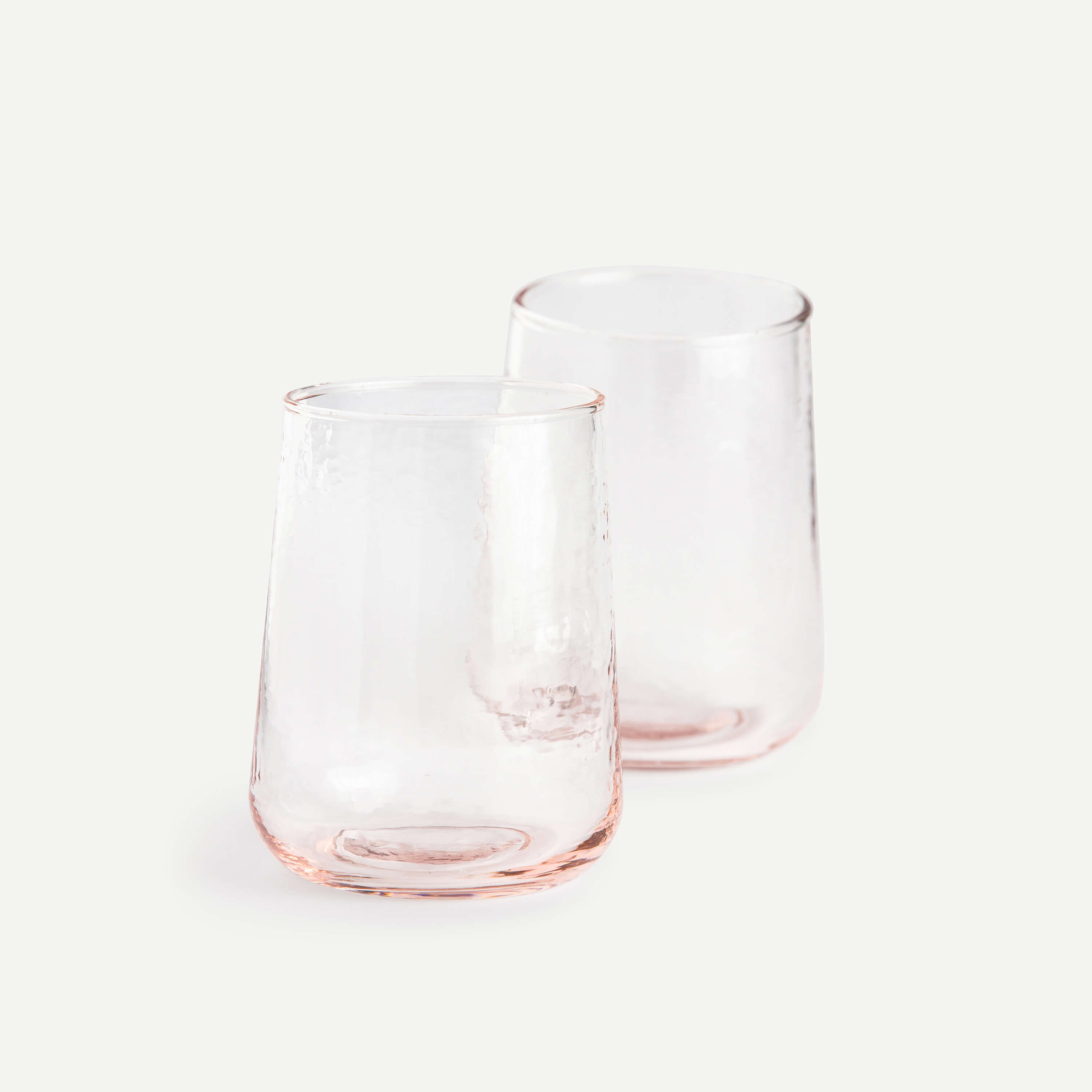SERAI GLASS
Dark goblets filled to the brim and feet tapping to the sound of harmonica and country music.
Dark goblets filled to the brim and feet tapping to the sound of harmonica and country music.
Craft Type: Glasswork
Originating in first-millennium BC, the archaeological evidence of this craft was first found in the form of glass beads at Maski, a Chalcolithic site in the southern Deccan. After that, more than thirty archaeological sites in different regions of India have produced glass objects in different colours and forms such as bangles, ear-reels, eye-beads, tiles or fragmented vessels. Presently, in the bustling town of Firozabad in India, our craftsmen follow centuries-old glass blowing traditions to create this glassware. Where each piece is inflated with a blowpipe to form a glass bubble and then carefully moulded into contemporary glassware --- the perfect amalgam of heritage and modern art.
Made in: Uttar Pradesh
Material: Glass
Dimensions (cm): 8(L) x 8(B) x 10(H); Dia: 10
Dimensions (inches): 3.1(L) x 3.1(B) x 3.9(H); Dia: 3.9
Capacity: 155 ml
Weight: 445 grams
No. of pieces in a set: 1, One Glass
- First, molten glass is inflated with a blowpipe to form a glass bubble, which gives it a bulbous shape. Each piece is mouth-blown individually by our craftsmen.
- Then each piece of inflated glass is moulded into a shape according to its utility.
- All our shapes are largely inspired by traditional Indian utensils. Which is why this glassware is also well-known as Indian Hand Blown Glass.
- Also, it's interesting to know that, in keeping with the other forms of the Deva collection, our shapes have been kept very simple so they can complement other materials as well.
DO:
- To remove visibly accumulated dust or fingerprints, you can hand-clean the glassware using store bought glass cleaning products. First, flood the glass surface with a spray-on cleaning solution or use a cloth saturated with the cleaning solution, then gently rub the glassware clean.
- Once the cleaning is done, wipe the wet surface with a clean, lint-free towel or cloth.
- Now wipe the glassware completely dry with another, lint-free towel or cloth.
- However, while wiping the glass dry, make sure to stop when it's almost dry, leaving a uniform film on the glass surface. This helps prevent streaking.
DON'T:
- Stack the glassware with other vessels.
- Use a harsh stainless steel/metal scrubber to clean.
- Description
- Process & Craft
- Care
Craft Type: Glasswork
Originating in first-millennium BC, the archaeological evidence of this craft was first found in the form of glass beads at Maski, a Chalcolithic site in the southern Deccan. After that, more than thirty archaeological sites in different regions of India have produced glass objects in different colours and forms such as bangles, ear-reels, eye-beads, tiles or fragmented vessels. Presently, in the bustling town of Firozabad in India, our craftsmen follow centuries-old glass blowing traditions to create this glassware. Where each piece is inflated with a blowpipe to form a glass bubble and then carefully moulded into contemporary glassware --- the perfect amalgam of heritage and modern art.
Made in: Uttar Pradesh
Material: Glass
Dimensions (cm): 8(L) x 8(B) x 10(H); Dia: 10
Dimensions (inches): 3.1(L) x 3.1(B) x 3.9(H); Dia: 3.9
Capacity: 155 ml
Weight: 445 grams
No. of pieces in a set: 1, One Glass
- First, molten glass is inflated with a blowpipe to form a glass bubble, which gives it a bulbous shape. Each piece is mouth-blown individually by our craftsmen.
- Then each piece of inflated glass is moulded into a shape according to its utility.
- All our shapes are largely inspired by traditional Indian utensils. Which is why this glassware is also well-known as Indian Hand Blown Glass.
- Also, it's interesting to know that, in keeping with the other forms of the Deva collection, our shapes have been kept very simple so they can complement other materials as well.
DO:
- To remove visibly accumulated dust or fingerprints, you can hand-clean the glassware using store bought glass cleaning products. First, flood the glass surface with a spray-on cleaning solution or use a cloth saturated with the cleaning solution, then gently rub the glassware clean.
- Once the cleaning is done, wipe the wet surface with a clean, lint-free towel or cloth.
- Now wipe the glassware completely dry with another, lint-free towel or cloth.
- However, while wiping the glass dry, make sure to stop when it's almost dry, leaving a uniform film on the glass surface. This helps prevent streaking.
DON'T:
- Stack the glassware with other vessels.
- Use a harsh stainless steel/metal scrubber to clean.






